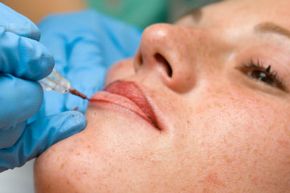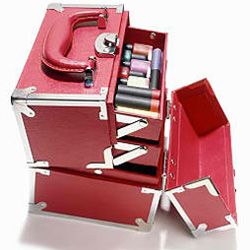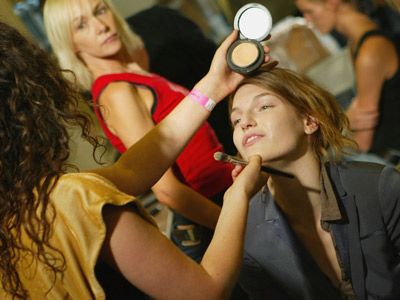In today's fast-paced world, it seems like people will do anything to save time. Drive-throughs are now found at your local pharmacy, and there's no need to write checks when there's automatic bill pay -- people like things fast and easy. It's no wonder then that many people choose to speed up their morning regimen by getting permanent makeup. The idea of permanent makeup may sound strange, but it's just one of many ways people choose to make routine tasks quicker [source: WebMD].
Permanent makeup is essentially a tattoo that makes you appear as if you're always wearing makeup. In fact, the procedure is much like that of getting a tattoo -- the technician applies the pigment with a needle, and eventually you may have to return for touch-up visits. During the consultation, you can select the shades of your permanent makeup, and the technician will sketch the areas on your skin to be pigmented. Permanent makeup technicians use a hollow needle that releases color into a hole in your skin. Although pigment is applied to the top layer of skin only, the procedure may still sting -- just like it does when you get a tattoo. It takes about three weeks for the pigment to fade to the color you selected.
Advertisement
Permanent makeup is also called micropigmentation or permanent cosmetics. The art of permanent makeup has become a specialized service within both the tattoo community and the cosmetic industry, and the field is growing as more technicians become available to treat a growing number of clients [source: Society of Permanent Cosmetic Professionals].
If you're thinking about getting permanent makeup applied, take some time to consider the benefits and the possible complications. While permanent makeup may save you time and energy each morning, there are some medical problems associated with it. Furthermore, you may not always want to wear black eyeliner -- and tattoo removal can be difficult. Read on to learn more about this growing practice, its benefits and its drawbacks.
Advertisement


